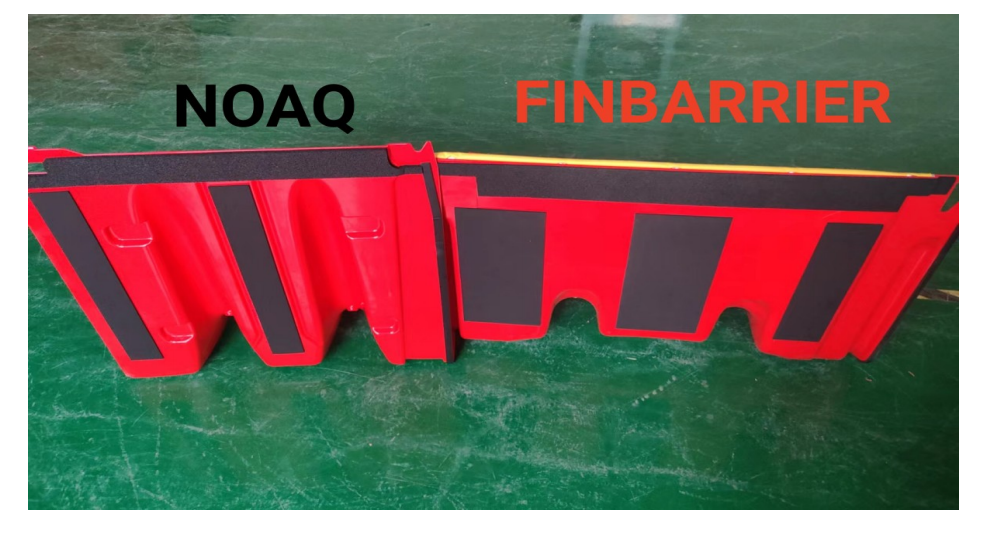First, green feed
Green feed is an essential part of a rabbit's diet and includes forage legumes, grasses, leafy vegetables, and root crops. Common examples are alfalfa, clover, ryegrass, leeks, sweet potatoes, comfrey, pine needles, weeds, and leaves. These fresh feeds provide vital nutrients, fiber, and moisture, making them ideal for maintaining the health and digestion of rabbits.
Second, roughage
Roughage plays a key role in rabbit nutrition and mainly consists of hay (grass or legume-based) and straw (such as wheat, corn, or soybean stalks). It has low water content, high fiber, and is not very palatable, but it's widely available, affordable, and crucial for digestive health. Roughage typically makes up around 30% of the diet. Green hay, which is more aromatic and tasty, should be the primary choice for home-raised rabbits. If using straw, it's best to mix it with concentrates to create balanced pellets.
Third, concentrate feed
Concentrate feed provides energy and protein, and includes both energy and protein sources. Energy feeds like corn, barley, and wheat bran are rich in starch, easy to digest, and have good palatability. However, they are lower in protein and certain vitamins. Protein feeds can be plant-based (such as soybean meal, cottonseed meal, and rapeseed cake) or animal-based (like fishmeal and silkworm powder). Plant proteins offer balanced amino acids and good taste, while animal proteins are rich in essential amino acids and minerals. Fishmeal is often used to enhance amino acid balance but is expensive and may affect flavor, so it’s usually limited to about 3% of the diet.
Fourth, inorganic salt feed
Inorganic salts such as salt, bone meal, and limestone are important for calcium and phosphorus balance. Salt helps stimulate appetite and supports fluid balance, typically making up 0.3–0.5% of the diet. Bone meal can be homemade by boiling and grinding animal bones, and it contributes about 2–3% to the diet. Limestone and shell powder are cost-effective calcium sources, while calcium hydrogen phosphate provides both calcium and phosphorus.
Fifth, feed additives
Feed additives improve nutrition and overall health. Nutritional additives include amino acids (like methionine and lysine), vitamins (A, D, E), and minerals (salt, bone meal, and trace elements). Non-nutritional additives include growth promoters, insect repellents, flavor enhancers, and mold inhibitors. Natural additives like Chinese herbs (hawthorn, angelica, and artemisia) and enzymes also support digestion and immunity. These additives help maintain optimal health and performance in rabbits.
Overall, a well-balanced rabbit diet requires a combination of green feed, roughage, concentrates, minerals, and additives. Each component serves a unique purpose, ensuring that rabbits receive all the necessary nutrients for growth, reproduction, and general well-being.
Innovative Fin Flood Barrier 2023 Debut
Denilco second generation sole patented flood fin barrier
Our finbarrier's advantages over NOAQ is:
1. The featured more scientific Arched front face design offers 20% to 30% more anti-flood ability.
2. The concave-convex side face brings better sealing and stability.
3. Back side's removable structure and support bars could prevent barrier from moving under heavy wave
and wind and provide more anti-flood support.
4. World's first style of flood barrier that can be used in uneven areas such as sand&stone&soil&lawn,etc
5. Spring lock structure is more convenient to install and more stable
6. Much bigger waterproof strips and anti-slip strips than NOAQ's.
Q&A:
What is the yellow part ?
We call the yellow part Fin, Fin can be connected through velcro stickers, there is
a counterweigh structure in front of the fin.
What is the material of yellow part and how long it could be used under sunshine?
The fin is made of a kind of patented chemical fiber composite material which could be
used 3 to 5 years under constant sunshine according to our lots of tests under both high
and low temperature.
What is the function of Fin?
The main function of Fin is to prevent water leakage and creates a even layer when there
is uneven ground. And of course Fin could also be used in even grounds.
Innovative Fin-type Flood Barrier,Innovative ABS Flood Barrier,Flood Mitigation Barrier,Denilco Flood Barrier
Denilco Environmental technology(Suzhou)Co., Ltd. , https://www.wflood.com
